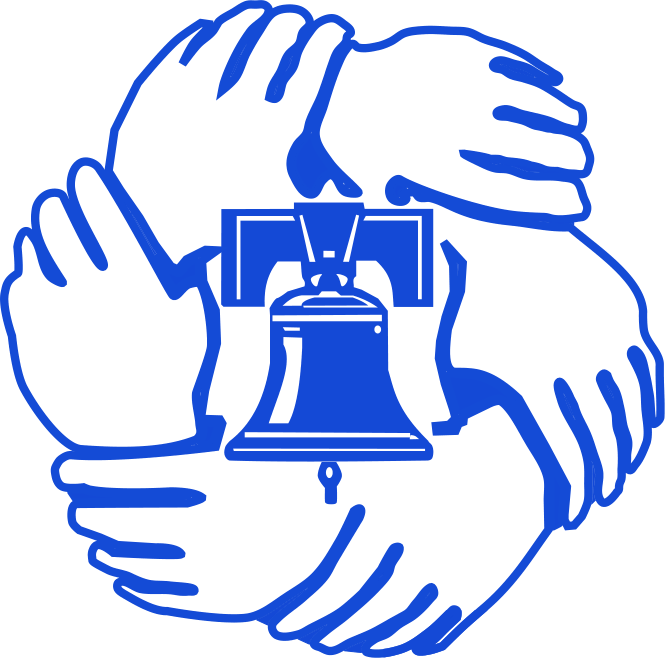English - Phonics and Spelling
Phonics is a way of teaching children how to read and write. It helps children hear, identify and use different sounds (phonemes) that distinguish one word from another. Did you know there are 26 letters, but 42 sounds in the English language?
Written language can be likened to a code, so knowing the sounds of individual letters and how those letters sound when they are combined will help children decode words as they read.
Understanding phonics will also help children know which letters to use when they are writing words.
Phonics involves matching the sounds with individual letters or groups of letters. For example, the sound k can be spelled as c, k, ck or ch.
At Gillingstool Primary School, In EYFS and KS1, we use the 'Unlocking Letters and Sounds' systematic synthetic phonics programme, recommended by the South Gloucestershire English Hub, meaning that we teach children to blend the sounds of letters together helping them to decode unfamiliar or unknown words by sounding them out. For instance, they will learn to sound out s-a-t in order to read the word sat.
In Reception, the children start to learn the sound each letter or letter combination makes through a multi-sensory approach: they may listen to a story, sing a song, learn an action, and write the letter in the air. They will follow up this learning through a range of play-based learning activities involving reading and writing skills.
In Year 1 and 2 lessons take a more formal approach and follow a teaching sequence. They will review phoneme sounds already learnt, learn to read and write a ‘tricky’ word (a word that cannot be sounded out, such as one) , learn a new phoneme sound or spelling pattern and then complete a range of reading and writing activities focusing on this. Children who need some extra help will be offered daily Keep Up sessions to keep them on track.
Children also develop and practise their phonic knowledge through their reading in school and at home. Books are fully-decodable and are matched to the phonics the children are secure with.
As children move into Key Stage 2, the children will continue to have a daily lesson focusing on a weekly spelling pattern or rule. They will learn how to apply the pattern / rule in their own writing. They will also explore the meaning of these words and find synonyms.
This year we are introducing a new system for teaching reading throughout the school. We are working in liaison with other local schools in the Mosaic Partnership Trust and the reading consultant, Christopher Such.
